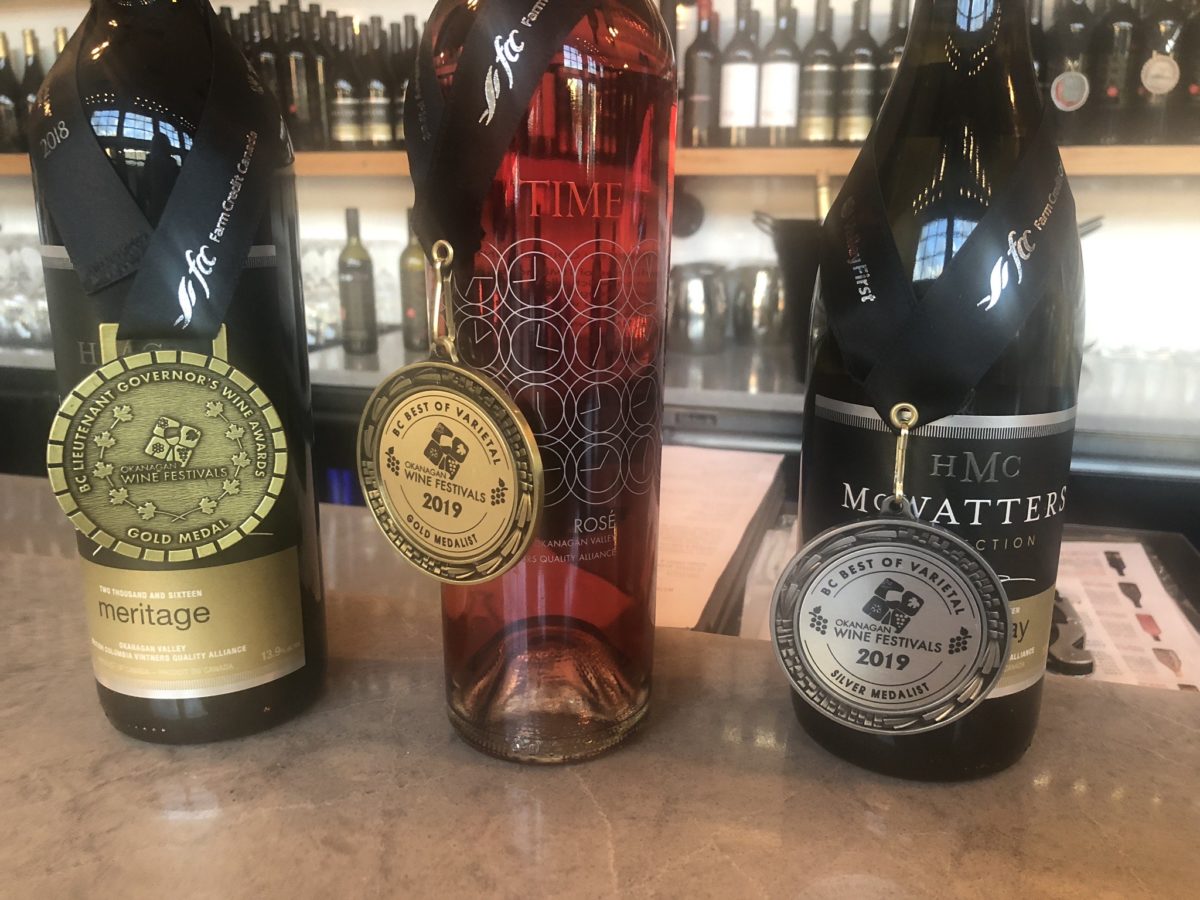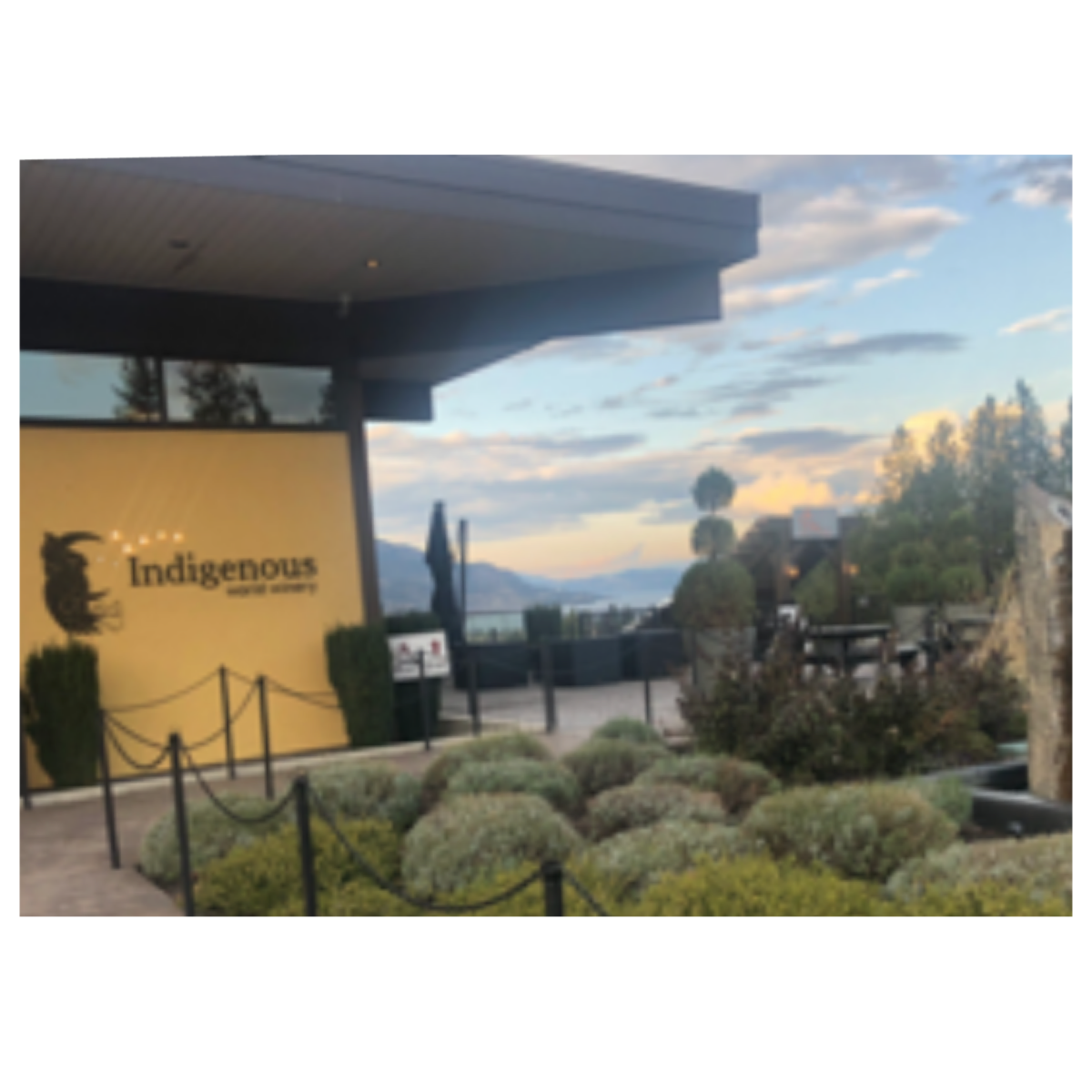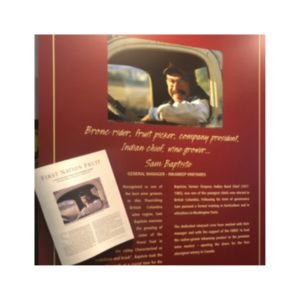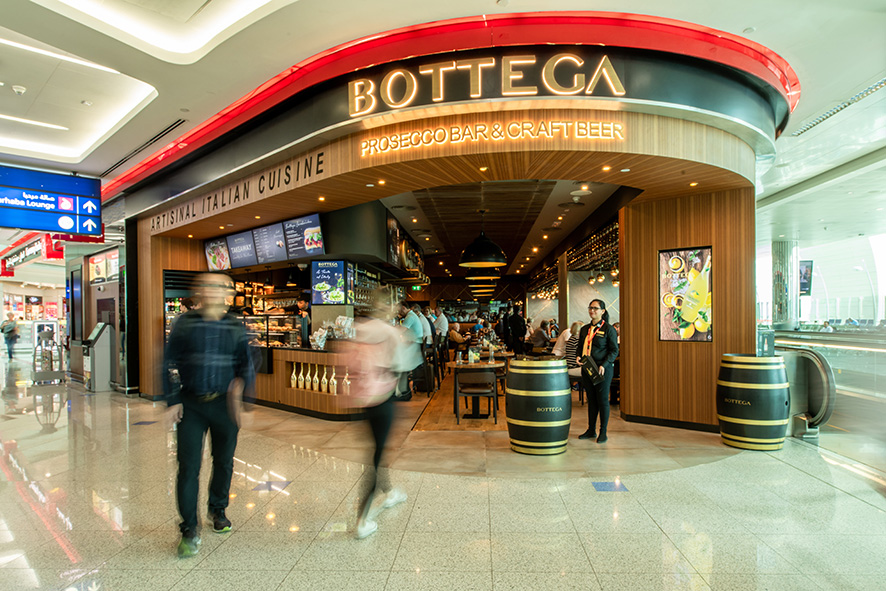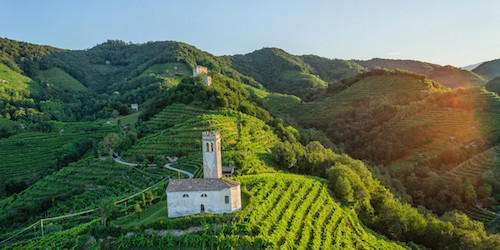I attended the Okanagan Fall Festival this year, along with five other notable Canadian journalists to experience Canada’s premier Fall Wine Festival. This year’s fall wine Okanagan Fall Wine Festival connected wine lovers to winemakers from the region with events designed to celebrate their unique and award-winning wines.
Located in southern British Columbia, the Okanagan Valley is one of the warmest regions in Canada, with an average winter temperature of -8 C and 28 C in the summer – it’s slightly cooler than eastern France. The Valley and its wine industry have matured tremendously over the last 30 years, boasting 280 wineries and offering visitors the opportunity to experience one of the world’s premier wine and culinary destinations.
This year’s Okanagan Fall Wine Festival included the province’s most prestigious and oldest wine competition, The British Columbia Lieutenant Governor’s Wine Awards (BCLGWA) held at the historic Laurel Heritage Packinghouse in Kelowna. There were more than 700 entries in this year’s competition. The Wine of the Year Award went to Deep Roots Winery’s for their 2017 Syrah, representing consistency in a varietal and a combination of superb grapes and winemaking.
Also part of the Festival was the Fall WestJet Wine Tasting at YLW in the Carson Air Hangar. It is Kelowna’s largest indoor wine-tasting event, with over 40 wineries serving up their most popular varieties. Guests were entertained by a live DJ and sampled cuisine from around the world from food trucks parked outside the hanger. Joined by Canadian wine experts and journalists Gurvinder Bhatia, Darren Oleksyn and Tim Pawsey, we sipped our way from Lake Country in the north to Osoyoos – Canada’s only desert, in the south. Our tour included meeting the talented winemakers behind O’Rourke’s Peak Cellars, 50th Parallel Estate, Indigenous World Winery, Fitzpatrick Family Vineyards, Burrowing Owl Estate Winery, Moon Curser Vineyards, Nk’Mip Cellars, Nobel Ridge Vineyard & Winery, Wild Goose Vineyards and Time Winery.
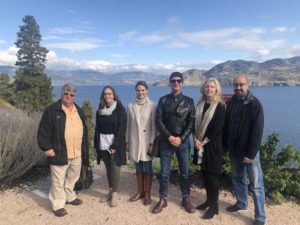
Over 90% of the Okanagan wineries have earned the British Columbia Vintners Quality Alliance, or BC VQA designation – similar to the AOC and DOC systems utilized in France and Italy respectively, which guarantees the origin and ensures qualifying wines meet certain minimum quality requirements. BC VQA wines are made from 100% BC grapes, and are free from certain potential faults, and the labels include where the grapes are grown and the wine is produced. And, many Okanagan winemakers have embraced environmentally friendly, lower-energy wine-making methods and built sustainability and philanthropy into their business models, with many using solar energy, gravity flow to move the juice and composting to replenish nutrients in the soil.
According to Wines of British Columbia, there are over 80 grape varieties being grown in BC, with 51% being red varietals and 49% white varietals. The most notable reds include: merlot, pinot noir, cabernet sauvignon, cabernet franc, syrah / shiraz and gamay noir, with top notable white being: pinot gris, chardonnay, gewürztraminer, riesling, sauvignon blanc, pinot blanc and viognier. Several winemakers are taking advantage of the recent growth in sparkling wines and are now producing white and rose varieties. The Region is also is well-known for producing high-quality, award winning icewines, with Inniskillen, Okanagan Estates and Whistler receiving Gold Medals, and Nk’Mip and Jackson Triggs Okanagan being awarded Silver Medals at the 2019 Wine Align Awards.
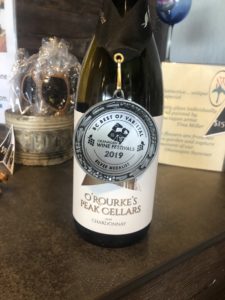
With Spring, Summer, Fall and Winter Wine Festivals, it’s always a great time to visit and enjoy world-class award-winning wine and dining experiences. It’s worth the trip to Okanagan Wine Festivals.
Wineries visited:
British Columbia’s Okanagan Wine Festivals
http://www.thewinefestivals.com

